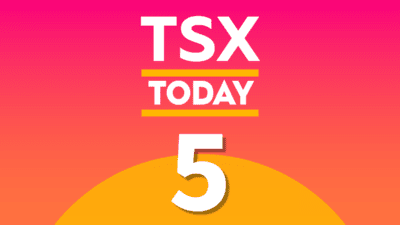Let’s face it, there has only been one trade in town since 9 November last year, when Donald Trump shocked the world by winning the US presidential election.
It is known as the Trump trade, and has powered global markets to record highs. Which is quite astonishing, given how controversial that victory was, and how turbulent his first 100 days turned out to be.
However, investors were willing to look beyond the political shock, and put their faith in the belief that this would be a market-friendly presidency.
There are signs that this faith is beginning to fade. You might want to consider getting out while there is still time.
Boardroom blitz
It is now six months since the result was announced. That’s right, six months, and Trump hasn’t started World War III, at least not yet. The Trump trade has been in play for a long time, but so far there has been very little to show for it.
Investors celebrated the Trump victory because they believed in his promise of a $1 trillion infrastructure blitz, alongside massive business tax cuts, and a military spending booster. They believe this would pump up the entire global economy, reviving animal spirits and bringing the good times back.
So far, these hopes have yet to be fulfilled.
Donald Trumped
“The Donald” will struggle to make meet his election promises. Doubts started creeping in after his failure to win bipartisan support for his much-touted repeal of Obamacare.
Now his spending pledges could fall foul of Conservative deficit hawks, while Democrats recoil at plans for private investor tax breaks and a wholesale dumping of permit requirements. The lower his poll numbers, the less incentive they have to play nice.
The Trump trade looks played out.
Reality bites
Many of you will have suspected for some time that markets pinned too much faith on the former reality TV star’s wild electoral pledges.
Reality is slowly sinking in, as investors grudgingly admit they got it wrong, and knowledge that Trump will struggle to deliver on his fiscal spending promises. We are back to political gridlock again.
Piling out
This could spell bad news for manufacturing and construction businesses that were expected to cash in on the infrastructure blitz, such as US heavy machinery company Caterpillar, aluminium producer Alcoa, and a raft of cement, steel, energy and electricity firms.
Investors who piled into financial firms are also having second thoughts, after Trump raised the prospect of reviving the Glass-Steagall act, splitting up investment and consumer banks.
The Trump trade extended far beyond US stocks, such as UK equipment rental company Ashtead Group, and London-listed engineer Keller Group, which have both stalled lately.
Moving on up
There are signs that investors are taking cover: witness the recent healthy performance of US defensives Wal-Mart and McDonalds.
However, there is no need to panic. As the Trump trade fades, other opportunities are starting to present themselves.
The IMF has just hiked its global growth forecasts to 3.5% for 2017, citing buoyant financial markets and a long-awaited cyclical recovery in manufacturing and trade.








